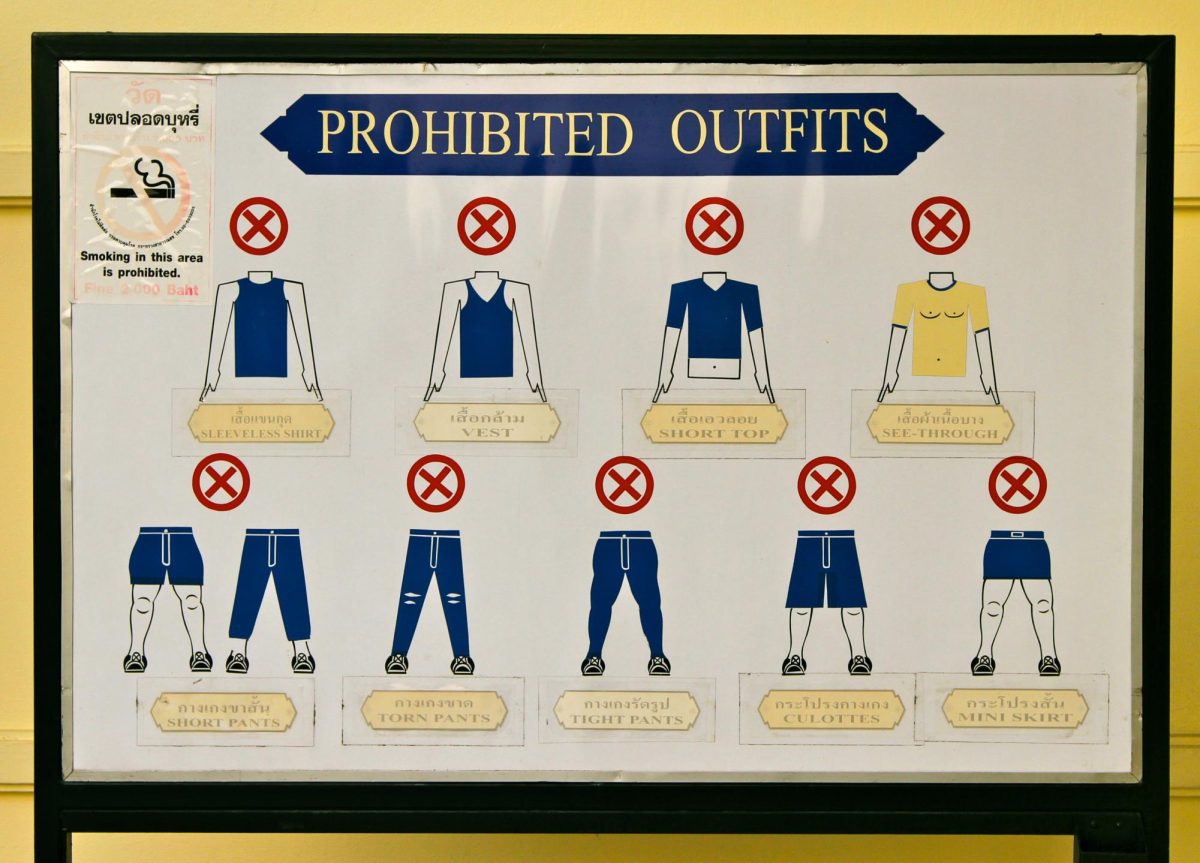Next year, the history pathway for juniors and seniors at Tenafly High School will be altered. The US I CP and US II CP courses will still be offered; however, there will be no more honors US history in the program of studies. Instead, students can choose to either take AP US History I their junior year and then AP US History II their senior year, which will conclude with the AP exam. Or, students may take AP US History (APUSH) their junior year, and then take either AP Government, AP African American Studies, or The American Experience Honors (AMEX) courses in their senior year.
This change comes amidst the Tenafly Administration’s—specifically the superintendent’s—focus on Tenafly High School’s ranking on websites such as US New & World Report. One way we can improve our ranking is to add more APs and encourage students to take these courses. Interestingly, our rankings are not determined by students’ scores, but rather by the number of students that take the course. In 2024, the APUSH exam’s national average was a 3.23, according to The College Board. However, Tenafly’s average last year was a 4.63, according to the class of 2024 recap presentation. Tenafly, in my opinion, has always prioritized better scores over the number of students in AP courses. However, with this new change, it seems that this value is diminishing.
Having “two years of APUSH…identical to the advanced or honors curriculum and deeming the class an ‘AP’ just for uplifting school ranking is superficial and unnecessary for the direct improvement of students’ academic experience, while stripping participation in 1-year APUSH or other similar courses,” APUSH student Brandon Cha (’26) said.
If the administration just wants students to take more AP courses, why not allow sophomores to take AP courses? Why not add more AP electives? Additionally, why are we pinpointing the history department? “I just hope the STEM departments will receive the same attention in the future. Offering more AP STEM courses or advanced electives could provide students like me who are passionate about science, technology, engineering, and math with similar opportunities to deepen this knowledge and prepare for college-level coursework,” AMEX student Kavya Chettur (’25) said.
After talking to several tenured history teachers, the general consensus was rather depressing. Though the administration does have a right to make such changes, personally, I find this approach to be rather immoral and unfair. In my opinion and from my knowledge, the students (who are most impacted by this change) as well as the teachers (who are the backbone of the curriculum) should have been more involved in the conversations that took place.
“Changes are sometimes imposed on school systems that are not necessarily driven by what is perceived, by the faculty and students, as the best interest of the students,” Mr. Barrett, the THS AMEX teacher said. “My biggest reservation, I think, is that we sometimes as a community in Tenafly, as a school system, tinker with things—which is fine because things could always be better or improve—but sometimes we fix problems that don’t exist and we ‘fix’ things until they break…so my concerns are the unintended consequences.”
Some in the social studies department are also concerned about student placement.
“I think it’s going to be difficult, especially the first few years, for people figuring out where they should necessarily be, US II History teacher Mr. Toale said. “Now, with the AP, what might make it a little easier for those people, the previous honors or advanced students that we had, is the fact that it is not as much content as you had experienced in that one single year. The problem is, that if you took AP junior year, your senior year history course load is less than…Now for them, they don’t get that. They are going to have to put in a lot of effort in their senior year because now it is AP again and now they have to take an AP at the end.”
Moreover, Toale expressed concern about students taking on more than they bargained for.
“The other big fear I have is Tenafly students being so college-motivated that more people are going to push themselves into the AP when they are not fit for the AP.”
Another important consideration to take into account is that, since there will be no middle ground, if juniors find AP US I to be too difficult, they can either struggle to succeed in AP US II or drop down to the CP level—that’s it.
The one-year APUSH program gives students a comprehensive yet quick understanding of US history in order for us juniors to, come senior year, revisit these ideas in a more creative way. AMEX is a course that allows students to actually put themselves into the shoes of many historical figures through debates, film studies, books, and even the infamous game Axis and Allies.
“I think AMEX is an extremely unique class by high school standards; not only is the course content in-depth and interesting but the students are given a very large amount of freedom and the maturity required by the course is far beyond any other,” AMEX student Daniel Israeli-Miller (’25) said.
Though I am a senior who is currently taking AMEX and has already trudged through APUSH, many sophomores are at a crossroads, as well. Humanities student Maria Estua-Carrillo (’27) expressed how she would rather “take one year of APUSH only because it would give me the opportunity to take another AP class or AMEX during my senior year. Also, if we take two years of APUSH it would be challenging to remember all the information learned from year one, in addition to the information learned from year two.”
Overall, this decision is unfortunate; however, there are many points of view.
“I am personally in favor of this change,” Mr. Morrison, the principal, said. “Our students in US I and US II advanced are already challenging themselves with a more rigorous course — why not give them a chance to earn the AP credits as well?”
I just find it rather ironic that our superintendent has a sticker that reads “SIMPLIFY” on his computer, because what exactly is he simplifying in the curriculum by adding more history courses? Additionally, for a district that is already pretty tight on money, wouldn’t adding in two new programs be pretty costly?
I strongly believe that Tenafly High School has one of the best history pathways for their students in the country. Our emphasis on both American and world history is imperative for students to develop skills such as critical thinking, public speaking, and so much more. Though expanding the options for courses is amazing, I’m left wondering why we are changing something that, time and time again, has proved remarkable for our students. Is it just to improve our rankings?














